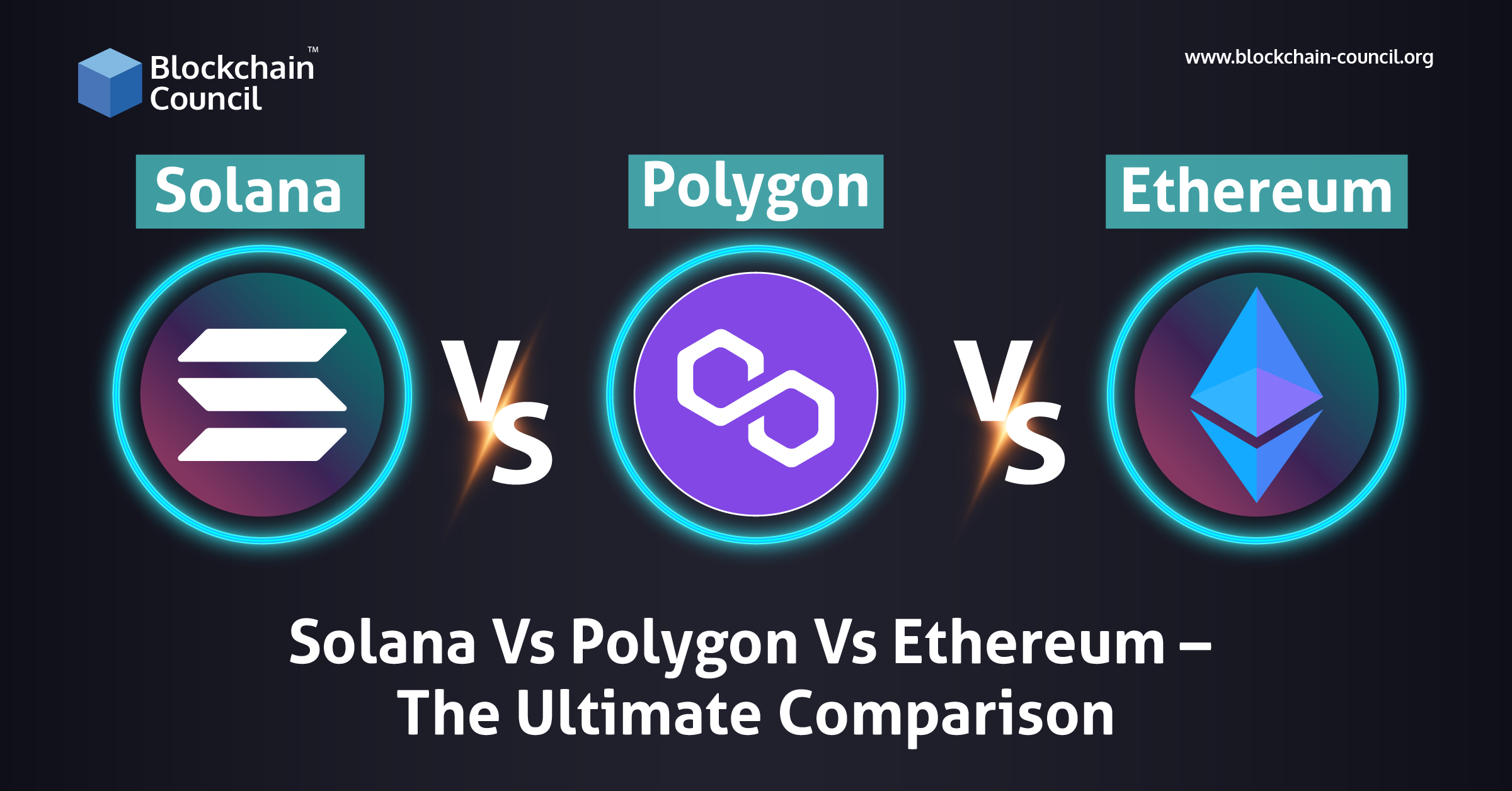
- Toshendra Kumar Sharma
- May 15, 2019
Introduction
The database is one word which we have heard often in our daily lives. Databases always play a vital role in businesses and societies right from the computer revolution of the 1950s. Databases initially began as simple applications with the entire data arranged in flat files which is similar to a list of contacts. The significance of databases has changed today as the world is so connected with different people wanting access to the same data. This is why distributed databases have emerged making it possible for many people to access certain chunks of data at the same time.
One such perfect example of a distributed ledger is the blockchain technology. Blockchain researchers and experts across the globe are working really hard to enhance the state of the blockchain as a whole thereby improving the entire blockchain ecosystem. Blockchain offers a perfect opportunity to benefit from open source as the concept of trust is deeply woven into all the blockchain technologies. Hyperledger, Corda, Ethereum, and Quorum have emerged as some of the most popular blockchain development platforms. In this article, we will discuss the major points of distinction between the Hyperledger and Quorum platforms.
What is Hyperledger?
It was created in 2015 by the Linux Foundation. Today, Hyperledger is believed to have more than 230 organizations as its members and this includes Airbus and VMware and apart from this, it also has 10 active working groups and more than 28000 participants who have attended more than 110 hyperledger meetups which were conducted across the globe. It is an open-source project which uses a modular approach to build blockchain and this enables companies to use the blockchain to develop what best suits them. Open-source means that it will allow anyone to build freely on top of it. It is a result of a consortium of large companies such as IBM, Intel, Samsung, and J.P.Morgan. It helps enterprises build collaborative blockchain projects.
What is Quorum?
It is an enterprise-focused Ethereum blockchain. It is the brainchild of J.P.Morgan, the American multinational investment bank, which plans to advance blockchain technology in the financial sector. The finance sector needs a specific type of blockchain which is fast, has a high throughput, and helps maintain the privacy of the participants. Quorum was developed exactly for this purpose. It offers high-speed processing and performance and helps hide transaction details in a secure manner.
It uses smart contracts for facilitating transactions within the blockchain as it is based on Ethereum. J.P.Morgan plans to implement a Global Network Payments initiative to help banks use distributed networks.
Benefits of Hyperledger
Hyperledger acts as a “greenhouse” that brings together developers, users, and vendors across different sectors and market spaces. Though blockchain is a powerful technology, there is no one-size-fits-all. It is modified according to the needs of every enterprise. Hyperledger provides a greenhouse structure which helps incubate new ideas and provide the essential resources. This greenhouse structure of Hyperledger offers various benefits such as:
- Keeping track of developments
- Increased productivity
- Collaboration to avoid duplicate efforts
- Better quality control of code
- Easier handling of intellectual property.
Benefits of Quorum
Some of the key advantages of using Quorum are:
- Privacy - It uses ‘constellation’, a peer-to-peer encrypted message exchange for transferring private data to network participants. It supports both private transactions and private contracts.
- Alternative Consensus Mechanisms - Instead of the routine Proof-of-Work and Proof-of-Stake algorithms, Quorum offers other consensus mechanisms which are more appropriate for consortium chains. A consortium blockchain is one which is semi-private and has a controlled user group.
- Peer Permissioning - It allows for node/peer permissions using smart contracts which helps ensure that only known parties join the network.
- Higher Performance - Quorum offers significantly higher performance than public geth(ethereum) as it is more robust and has the capability to process more than 100 transactions per second which is much more than that of Bitcoin and Ethereum.
We will now differentiate between Hyperledger and Quorum-based on their Consensus algorithms. Before we learn more about this, let’s first understand the term ‘consensus algorithm.’
What is a consensus algorithm?
A consensus algorithm is a computer science process which helps achieve agreement on a single data value among systems or distributed processes. It aids in achieving reliability in a network which has multiple unreliable nodes. This issue known as the consensus problem is solved with the help of consensus algorithms.
Consensus in Hyperledger
In a hyperledger network, a consensus is referred to as a process where the network nodes provide transaction ordering and validation of those blocks of transactions which have to be committed to the ledger. The two main properties which the consensus must have are safety and liveness.
Safetyrefers to each node being guaranteed the same sequence of inputs which then provides the same series of outputs on each node. Liveness makes sure that communication does not fail and it means that every non-faulty node will receive each and every transaction that has been submitted.
In Hyperledger, a consensus is of two kinds. One is lottery-based and the other is voting-based. Lottery-based refers to algorithms such as Proof-of-Work (PoW) and Proof-of-Elapsed Time (PoET). They have the ability to process a large number of nodes as the person who wins the lottery initially proposes a block and transmits it to the entire network for validation. When this algorithm proposes two winners, it leads to forking and each fork must be resolved. It takes a long time to resolve and reach finality. Voting-based algorithms include the Byzantine Fault Tolerance and Paxos. This provides low latency finality which means that when a majority of nodes validate a block or a transaction, consensus occurs and finality happens. In voting-based algorithms, one node communicates to the entire network and hence it takes a longer time to reach consensus.
Consensus algorithms used by Quorum
Quorum’s consensus algorithms are highly popular as they offer an alternative to the traditional algorithms of PoW and PoS. Also, these won’t work in Quorum as it is a permissioned network. This means that it allows the network to appoint a group of participants who are provided with the authority to validate blocks or transactions. The two consensus algorithms used by Quorum are:
Raft-based Consensus
Raft is a consensus algorithm with Crash Fault Tolerance (CFT). It helps perform transactions faster as the block minting process is 50ms. It helps save storage space by mining only the proper blocks and not the empty blocks. Its other significant features are transaction finality and on-demand block creation.
Istanbul BFT
This is a consensus algorithm which is based on Byzantine Fault Tolerance. It helps protect the blockchain. It provides protection for the blocks generated in the blockchain.
Hyperledger Architecture
The architecture of Hyperledger comprises of the following components:
- Consensus Layer- This is responsible for generating agreements for each order. It also confirms the correctness of the transactions of a block.
- Smart Contract Layer- It processes transaction requests and executes business logic to determine if the transactions are valid.
- Communication Layer- This transfers peer-to-peer messages across the nodes.
- Data Store Abstraction- Stores data which can be used by other modules.
- Crypto Abstraction- Swaps different crypto algorithms and modules without affecting other modules.
- Identity Services- This provides authentication and authorization. This helps enroll and register identities or system entities, establish root of trust, and manage changes such as adds, drops, and modifications.
- Policy Services- It manages various policies such as consensus policy, endorsement policy, or group management policy.
- APIs – This helps clients and applications to interact to blockchains.
- Interoperation- It helps interoperate between various blockchain instances.
Architecture of Quorum
It comprises of three components namely:
-
Quorum Node (modified Geth Client)
It is designed to be a lightweight fork so that it can take advantage of the R&D which takes place within the Ethereum community. It is updated regularly such that it is in line with the future geth releases.
Some of the modifications done to the quorum node are:
- ‘Proof of work’ consensus algorithm is replaced with ‘QuorumChain,’ a voting-based mechanism.
- The P2P layer is modified to allow connections only to/from permission nodes.
- The block generation logic has been modified to replace the ‘global state root’ with a new ‘global public state root’.
- The ‘global state root’ in the block header has now been changed to the ‘global public state root’.
- Block validation logic is now modified to handle ‘private transactions.’
-
Constellation- Transaction Manager
Constellation refers to a general-purpose system which helps submit information in a secure manner. It can be compared to the Message Transfer Agents network in which messages are encrypted with Pretty Good Privacy (PGP). It consists of two components:
It is responsible for transaction privacy. It allows access to encrypted data. It helps exchange encrypted payloads with the transaction managers of other participants but it does not have access to sensitive private keys. As the transaction manager is restful/stateless, it can be load balanced easily. It uses the enclave to provide cryptographic functionality.
-
Constellation: Enclave
Distributed Ledger protocols use cryptographic techniques for preserving historical data and authenticating participants and transactions. Symmetric key generation and data encryption/decryption is delegated to the enclave to provide performance improvements through the parallelization of crypto-operations. It works along with the transaction manager to strengthen privacy by managing encryption/decryption in an isolated manner.
Hyperledger- Use cases
- Banking
- Finance
- Healthcare
- IT
- Supply chain management
Quorum- Use cases
- Finance
- Banking
Conclusion
Blockchain technology has opened the door to a second generation of the internet which is well-suited for exchanging any information which has a certain value attached to it. Each and every type of blockchain has its own advantages and is making strides in numerous industries for the smooth functioning of their businesses. It is one technology which has the potential to revolutionize everything. Be it Ethereum, Hyperledger, or Quorum, it is a collaborative melting pot for some of the world’s biggest companies which are looking to use blockchain as a solution to their problems and challenges.





































































 Guides
Guides News
News Blockchain
Blockchain Cryptocurrency
& Digital Assets
Cryptocurrency
& Digital Assets Web3
Web3 Metaverse & NFTs
Metaverse & NFTs
